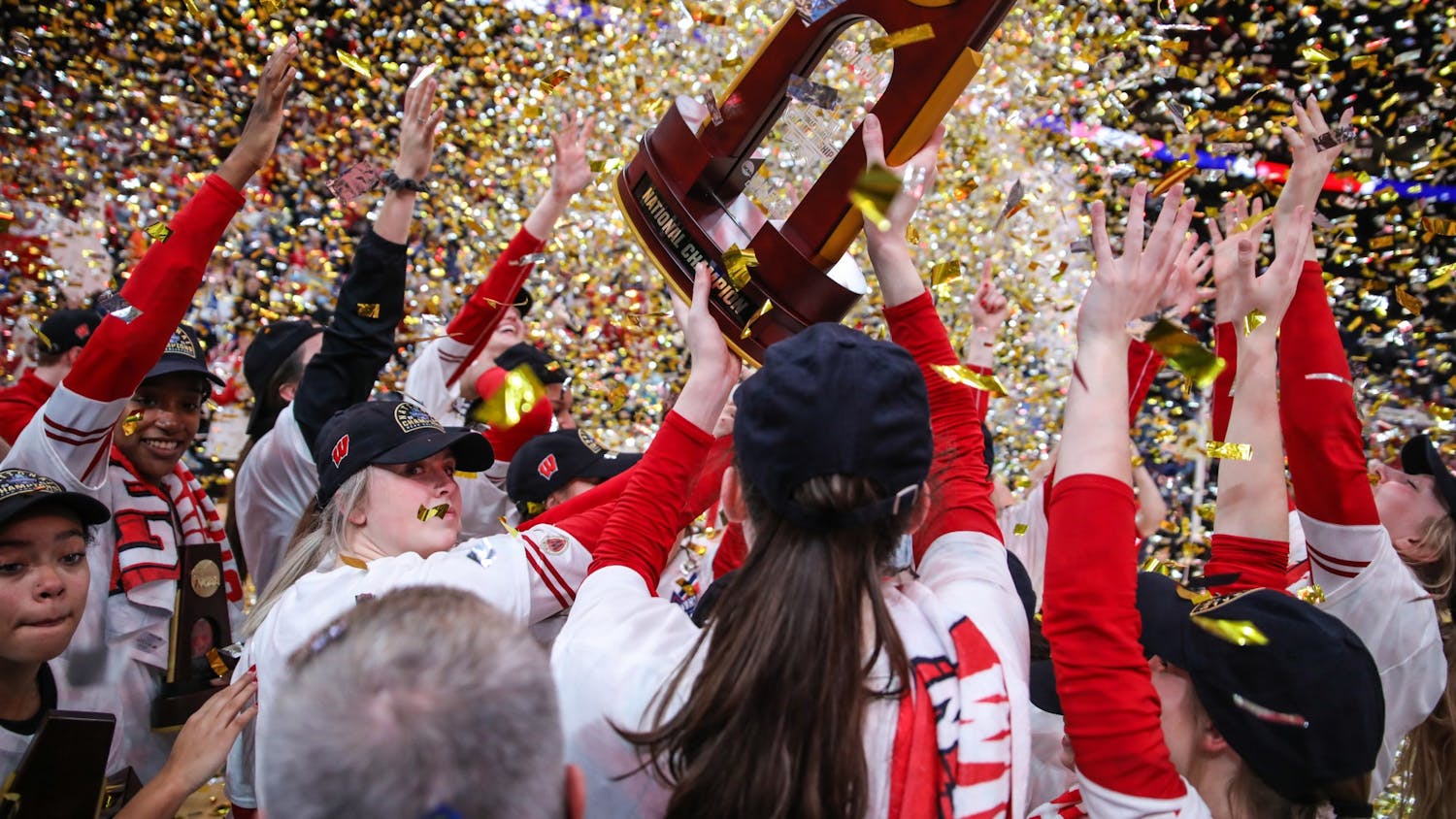Many in Madison screamed the sky was falling when news broke Wisconsin Badgers men’s basketball guards AJ Storr and Chucky Hepburn entered the transfer portal.
Both players had served as the backbone of a team that made a Big Ten tournament finals appearance and made the NCAA tournament, and their absence seemed irreplaceable.
Hepburn, who transferred to Louisville, had been a three-year starter and fan favorite, while Storr, who signed with Kansas, led Wisconsin in scoring.
The Badgers also said goodbye to now-graduate Tyler Wahl and junior Connor Essegian, who transferred to Nebraska.
Luckily, head coach Greg Gard and his staff regrouped and quickly tapped into the transfer portal like a keg at a tailgate.
That, mixed with an incoming class of freshman commits and a foundational core returning, the 2024-25 haul looks better than anticipated, especially when you peel back the numbers. Holes were filled, and looking at the positional fits and matching playstyles, we’re looking at a competitive eight-man rotation. Gard has all the pieces to complete the puzzle and compete for the Big Ten title.
The transfers
Gard appears to be emulating back-to-back national champions, the University of Connecticut Huskies, by signing players who began their careers at mid-major schools. In UConn’s case, both Tristen Newton, a transfer from East Carolina, and Cam Spencer, a transfer who started at Loyola University Maryland before joining the Rutgers squad, started their college careers outside of the Power conferences before joining the Huskies to help them win a championship.
The trend may not be as flashy as poaching D1 stars or five-star high school one-and-dones, but it has proved efficient, judging also by the success of other schools who followed the same scheme like NC State and Alabama. Both schools have implemented the same approach and found themselves in the Final Four.
It’s also economical, considering the Badgers may not be on par with NCAA blue bloods like the University of Kentucky, Duke and Kansas.
Gard’s first big splash was signing guard Camren Hunter from the University of Central Arkansas, who chose the Badgers over Arkansas and Auburn. The incoming junior averaged 14.1 points per game his freshman year and 16.9 points, 5 rebounds, 3.9 assists and 1.5 steals a game for the Bears last season.
With Hepburn’s departure, Hunter will play the point, resulting in a prospective lower shot volume, where shooting percentages should hopefully improve compared to last season (averaged 42.3% from the field on 14 attempts per game).
Second to climb aboard the Badger ship was University of Missouri transfer John Tonje. Despite the six-foot-six combo guard playing only eight games for the Tigers last year due to injuries, the new Badger averaged 14.6 points (47.3 FG%) and 4.7 rebounds per game for the Colorado State Rams the season prior. If Tonje can stay healthy and regain the form he flashed at Colorado State, he can prove to be a valuable addition.
The Badgers also brought in six-foot-eight Chicago native Xavier Amos, who averaged 13.8 points (49.6 FG%) and 5.8 rebounds per game last season for the Northern Illinois Huskies. Amos will add versatility and size and has a two-way upside if his scoring keeps improving, expecting to have the most impact out of the box.
All three players have big shoes to fill and will play an important role in Wisconsin's upcoming season. How well they perform will determine Wisconsin’s ceiling.
On the high school recruitment front, the Badgers made news by landing the No. 3 recruit in Minnesota, Daniel Freitag. Freitag joins the Badgers at the guard position, and his Minnesota counterpart and No. 4 recruit in the state, Jack Robison, will add depth at the forward position.
Players who stayed
Seniors Max Klesmit and Steven Crowl have returned for another season.
They are joined by John Blackwell, a now-sophomore who played as a backup guard. The dismay Badgers fans may have felt when Storr and Hepburn left the program should now be replaced by quiet confidence. No, the signees and commits aren’t headline makers, but based on past success from other programs, Gard’s offseason work could pay big dividends come March.






